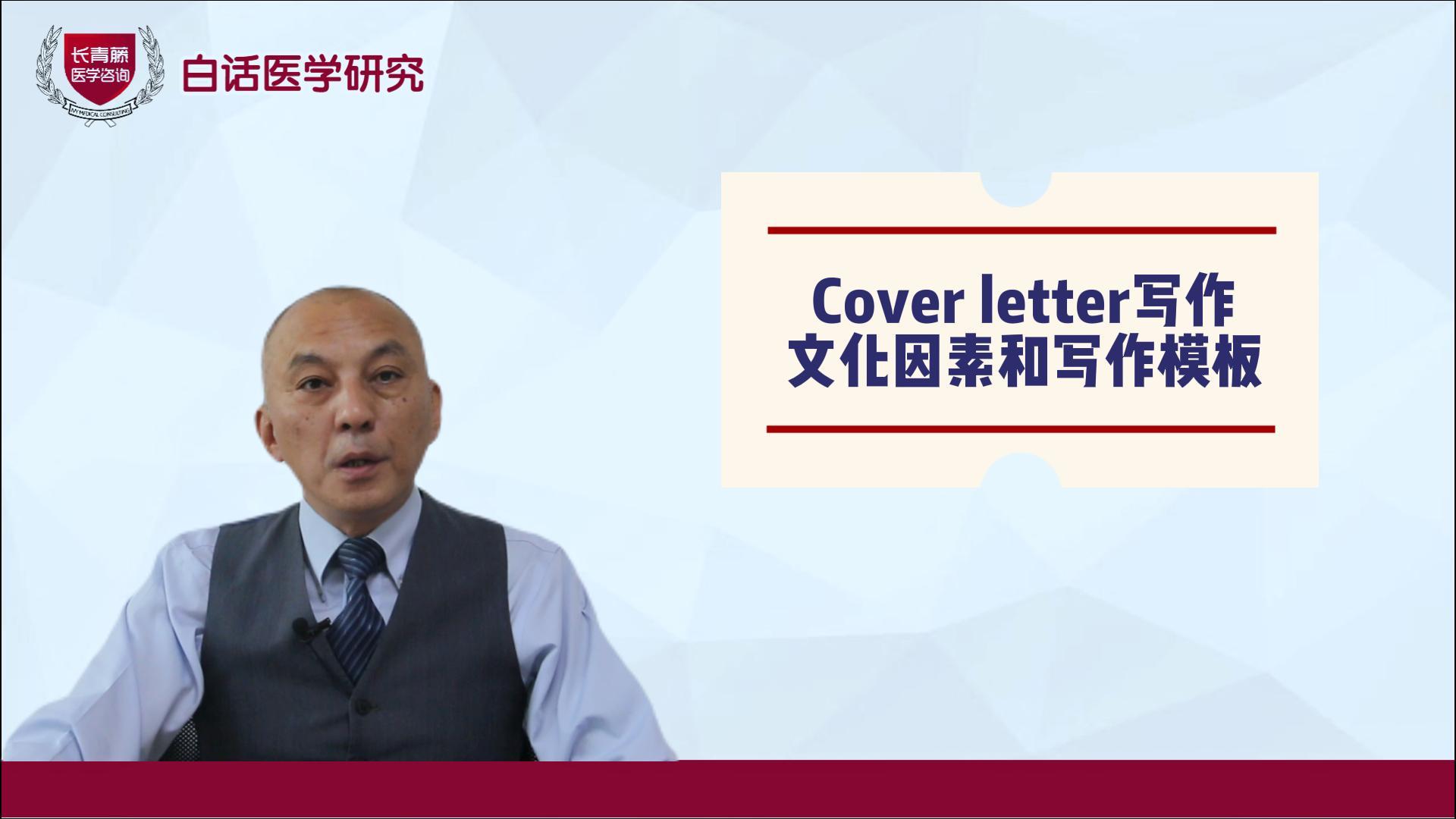2022-11-21


在口服辅助内分泌治疗的乳腺癌患者中,超过三分之二的患者会出现血管运动症状(潮热和盗汗)。缺乏安全有效的治疗方法。Q-122是一种新型的非激素化合物,通过调节下丘脑中的雌激素反应神经元,已显示出减少血管舒缩症状的希望。我们的目的是评估Q-122在接受口服辅助内分泌治疗并出现血管舒缩症状的乳腺癌患者中的有效性和安全性。
2018年10月24日至2020年9月9日,共筛选243例患者,其中131例接受随机分组治疗(Q-122组65例,安慰剂组66例)。与安慰剂组相比,Q-122组在治疗的28天内msms - ss相对于基线的平均变化百分比显著较大(最小二乘平均值:Q-122 -39% [95% CI -46 ~ -31] vs安慰剂-26% [-33 ~ -18];p = 0·018)。两组的治疗相关不良事件一般为轻度至中度,且相似(Q-122组65例患者中有11例[17%]发生治疗相关不良事件,而安慰剂组66例患者中有9例[14%]发生治疗相关不良事件)。Q-122组0例患者和安慰剂组2例(3%)患者发生严重不良事件。
Q-122是一种有效且耐受性良好的非激素口服治疗乳腺癌后服用口服辅助内分泌治疗的女性血管舒缩症状的方法。我们的研究结果支持对Q-122进行更大规模、更长时间的研究,并有可能扩展到需要替代绝经期激素治疗的绝经后妇女。
Abstract
Background: Vasomotor symptoms (hot flushes and night sweats) are experienced by more than two-thirds of women with breast cancer taking oral adjuvant endocrine therapy. Safe and effective treatments are lacking. Q-122 is a novel, non-hormonal compound that has shown promise for reducing vasomotor symptoms by modulation of oestrogen-responsive neurons in the hypothalamus. We aimed to assess the efficacy and safety of Q-122 in women with breast cancer taking oral adjuvant endocrine therapy and experiencing vasomotor symptoms.
Methods: We conducted a multicentre, randomised, double-blind, placebo-controlled, proof-of-concept, phase 2 trial at 18 sites in Australia, New Zealand, and the USA. Eligible participants were women, aged 18-70 years, taking a stable dose of tamoxifen or an aromatase inhibitor following breast cancer and experiencing at least 50 self-reported moderate to severe vasomotor symptoms per week. Participants were randomly assigned (1:1) using an interactive web response system to oral Q-122 100 mg or identical placebo, twice daily for 28 days. Randomisation was stratified by BMI (≤30 kg/m2 or >30 kg/m2) and use of any of a selective serotonin reuptake inhibitor, selective norepinephrine reuptake inhibitor, gabapentin, or pregabalin. Q-122 and placebo capsules were identical in appearance and containers identically labelled. During the double-blind treatment and analysis phases, the participants, investigators, clinical research organisation staff, and sponsor were masked to treatment allocation. The primary outcome was the difference in the mean percentage change from baseline in the Vasomotor Symptom Severity Score of moderate and severe hot flushes and night sweats (msVMS-SS) between Q-122 and placebo after 28 days of treatment. Primary analysis was by modified intention-to-treat and safety was assessed in all participants receiving at least one dose of study drug. This study is registered at ClinicalTrials.gov, NCT03518138.
Findings: Between Oct 24, 2018, and Sept 9, 2020, 243 patients were screened, 131 of whom were randomly assigned and received treatment (Q-122 n=65 and placebo n=66). Q-122 resulted in a significantly greater mean percentage change in msVMS-SS from baseline over 28 days of treatment compared with placebo (least squares mean: Q-122 -39% [95% CI -46 to -31] vs placebo -26% [-33 to -18]; p=0·018). Treatment-emergent adverse events were generally mild to moderate and similar between the two groups (treatment-related treatment-emergent adverse events in 11 [17%] of 65 patients in the Q-122 group vs nine [14%] of 66 in the placebo group); zero patients in the Q-122 group and two (3%) patients in the placebo group had serious adverse events.
Interpretation: Q-122 is an effective and well tolerated non-hormonal oral treatment for vasomotor symptoms in women taking oral adjuvant endocrine therapy after breast cancer. Our results support the conduct of larger and longer studies of Q-122, with potential use extending to postmenopausal women who require an alternative to menopausal hormone therapy.
文章连接:
www.thelancet.com/journals/lancet/article/PIIS0140-6736(22)01977-8/fulltext
百度浏览 来源 : 医微客
版权声明:本网站所有注明来源“医微客”的文字、图片和音视频资料,版权均属于医微客所有,非经授权,任何媒体、网站或个人不得转载,授权转载时须注明来源:”医微客”。本网所有转载文章系出于传递更多信息之目的,且明确注明来源和作者,转载仅作观点分享,版权归原作者所有。不希望被转载的媒体或个人可与我们联系,我们将立即进行删除处理。 本站拥有对此声明的最终解释权。




发表评论
注册或登后即可发表评论
登录注册
全部评论(0)